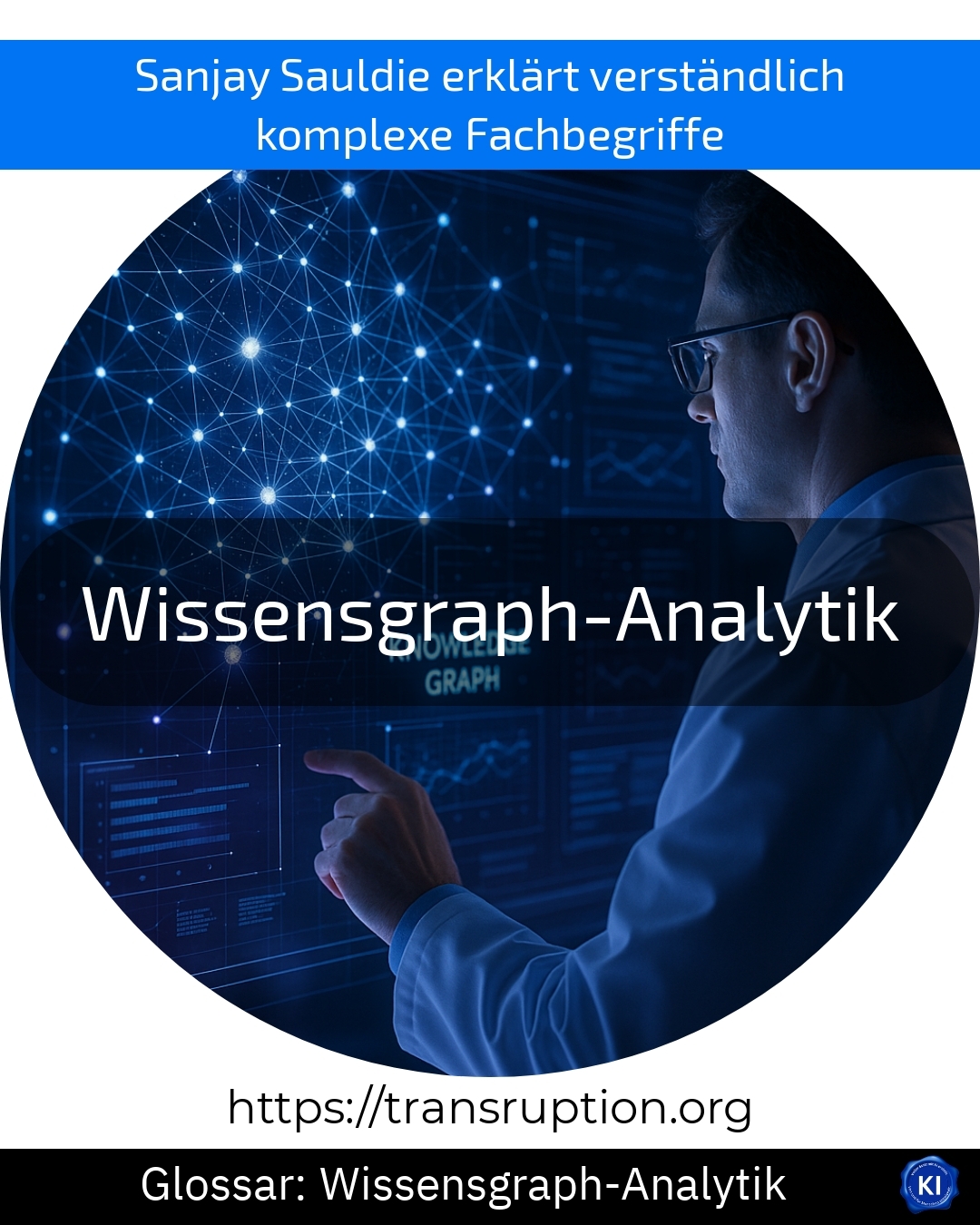Knowledge graph analytics is particularly at home in the areas of big data and smart data, artificial intelligence and digital transformation. The term describes methods and tools that are used to filter and analyse information from so-called knowledge graphs.
A knowledge graph represents information as a large, interconnected network. Nodes represent individual terms or objects, and edges show their relationships to each other. Knowledge graph analytics helps companies to analyse these many connections, identify patterns and make connections visible that remain hidden in traditional databases.
An illustrative example: an online shop uses knowledge graph analytics to understand how products, customer interests and reviews are related. This enables it to make better product recommendations because the analytics also recognise indirect relationships - for example between similar products or customer groups.
Knowledge graph analytics offers a clear advantage, particularly when processing large volumes of data. Companies gain deeper insights and can make more informed decisions. Knowledge graph analytics is therefore a modern tool for extracting new knowledge for your own business from large, complex data sets.















